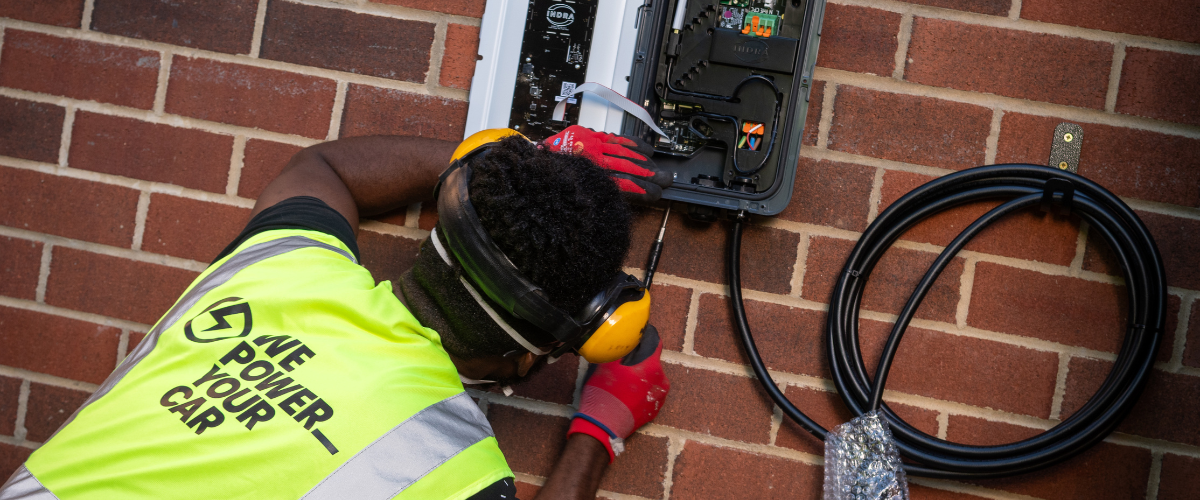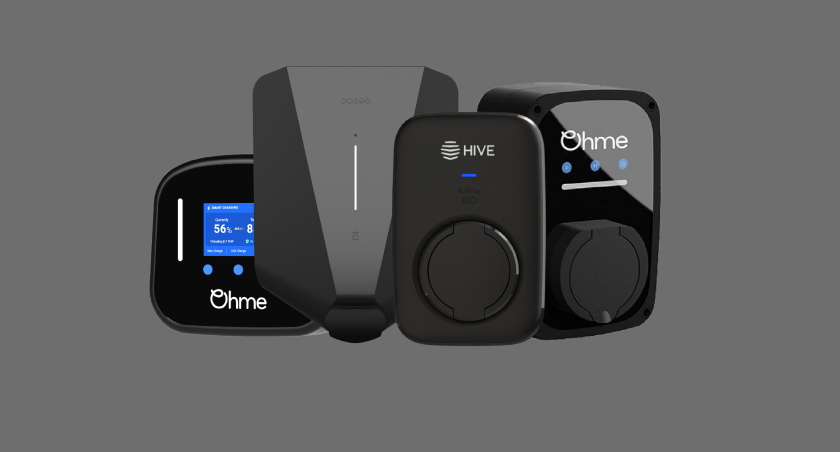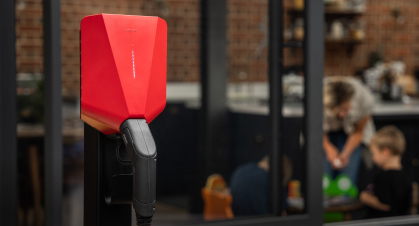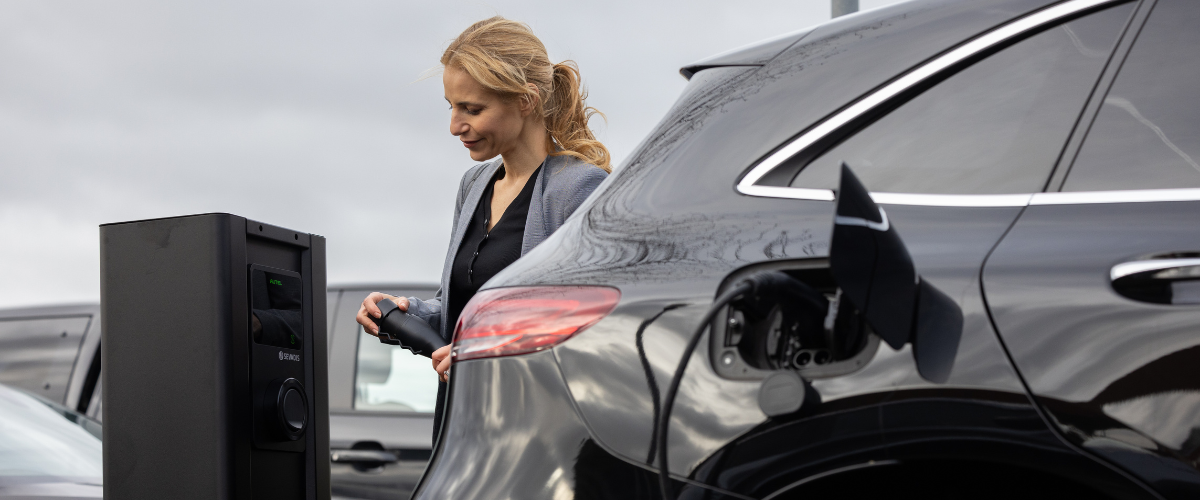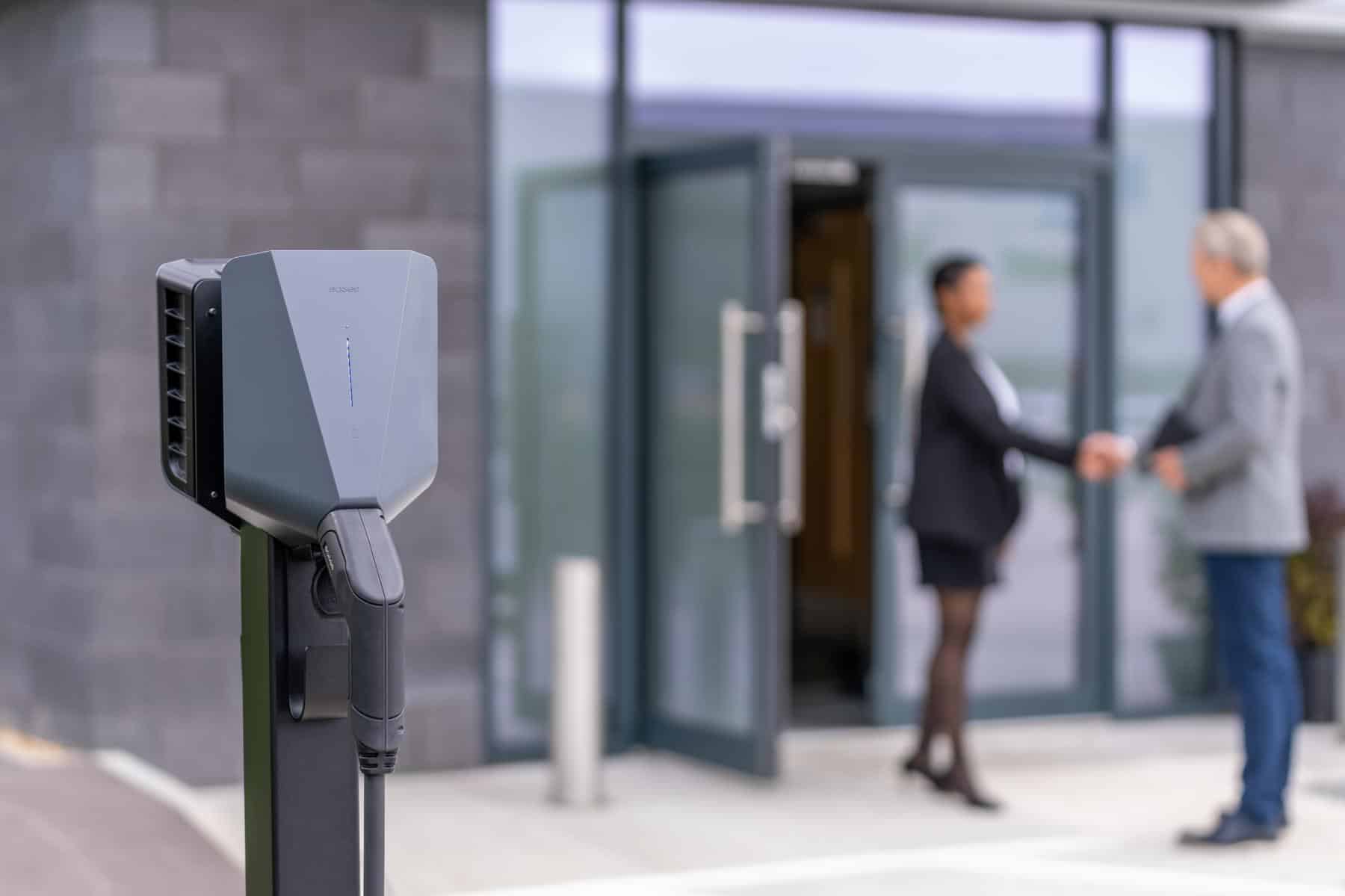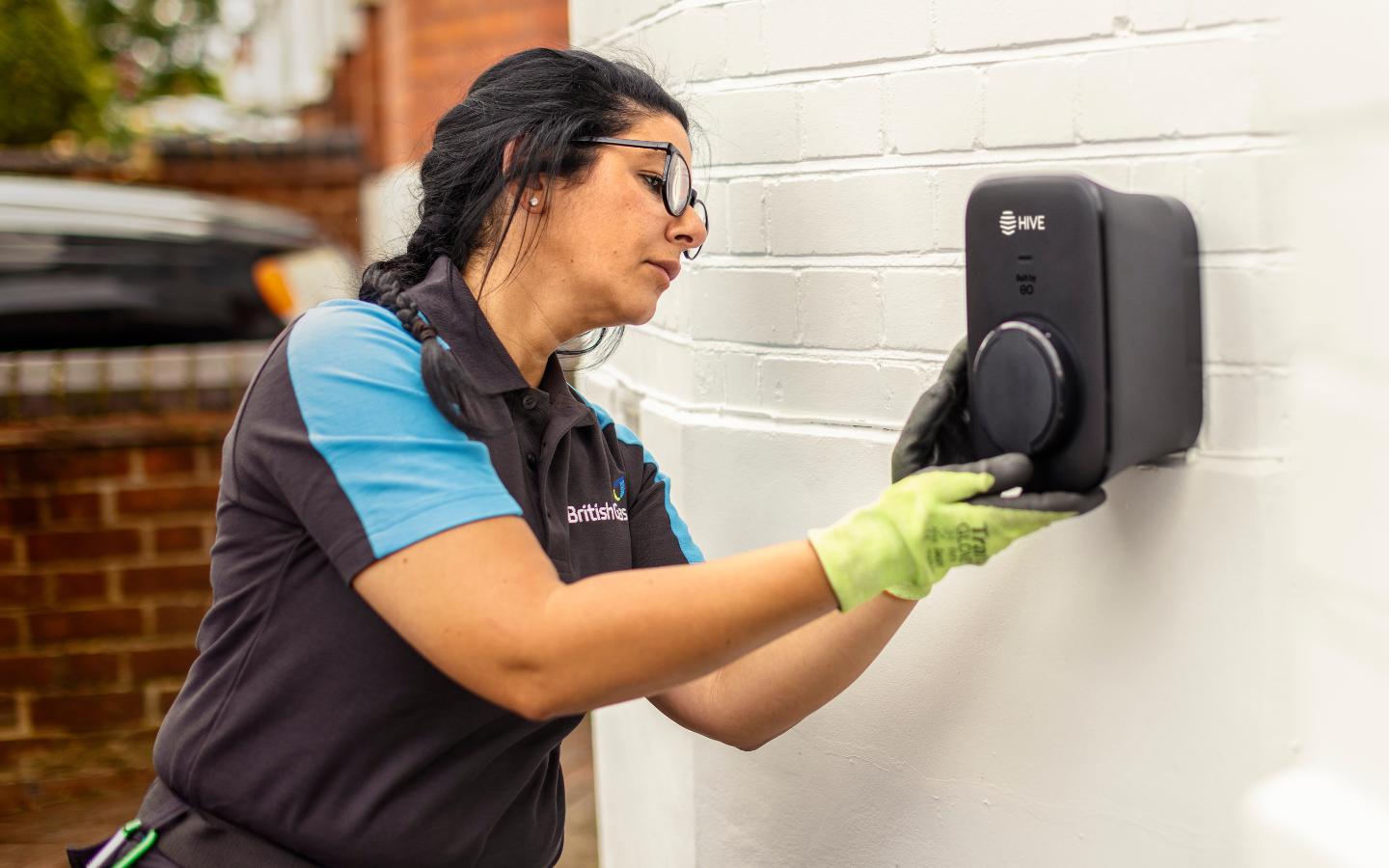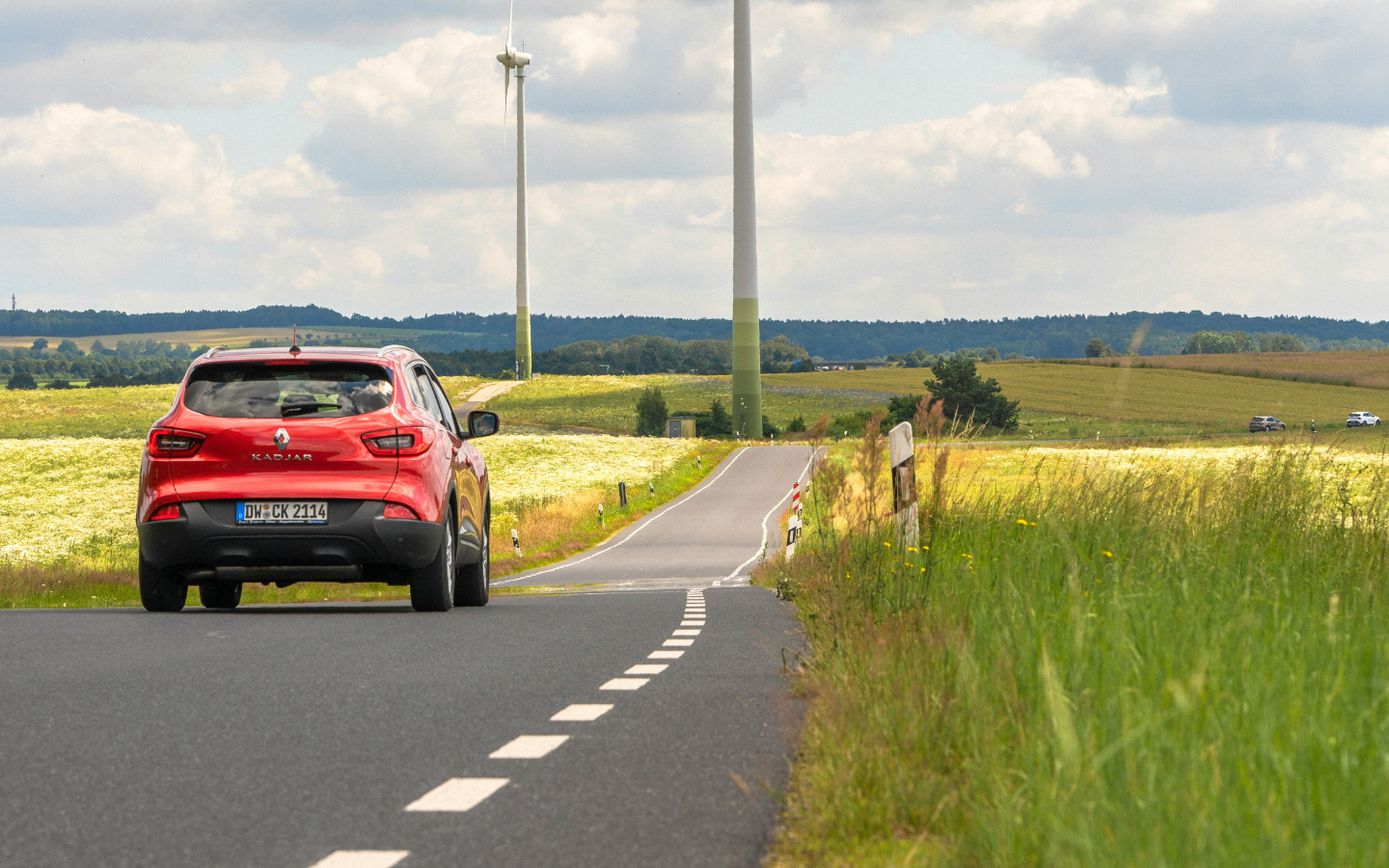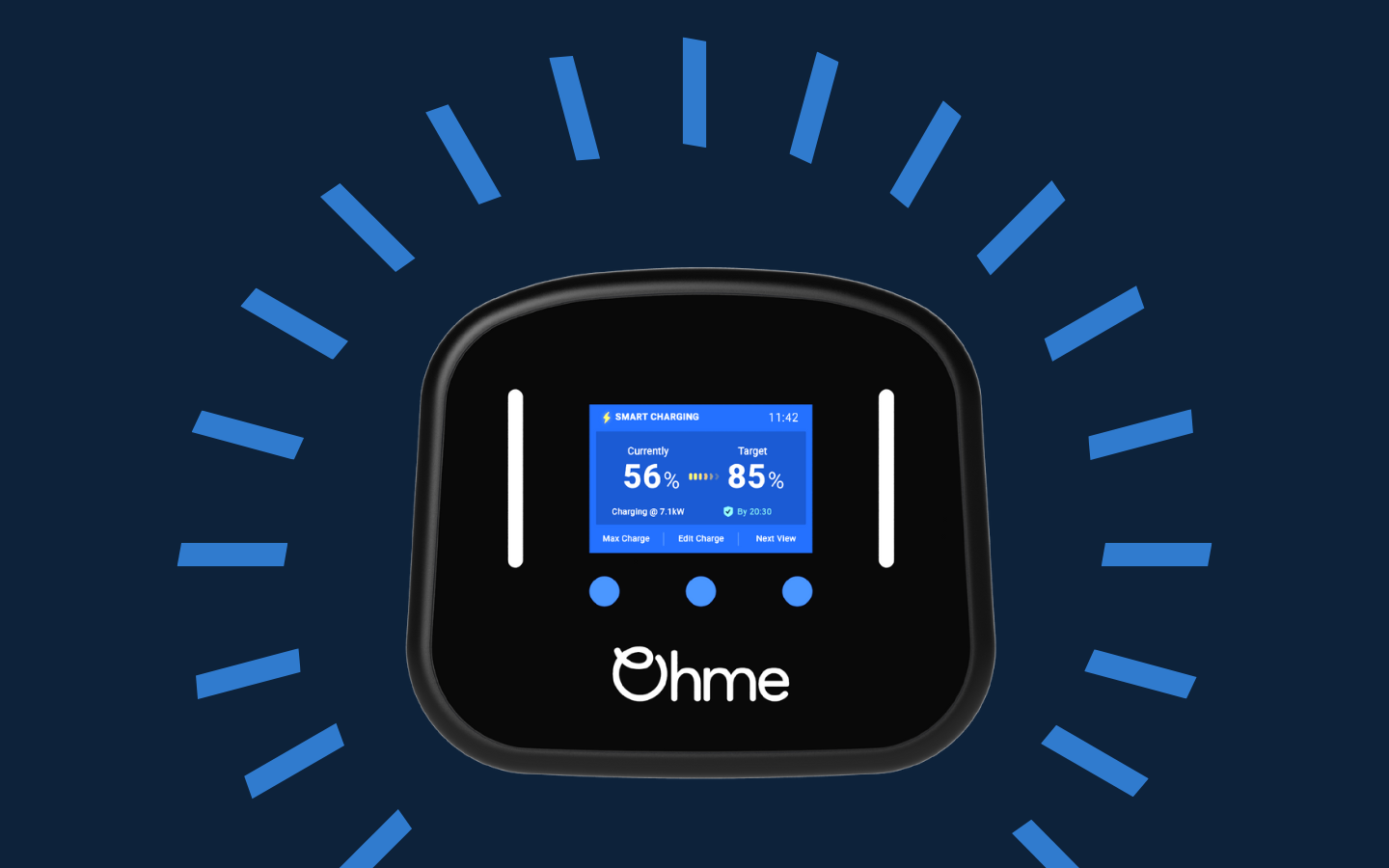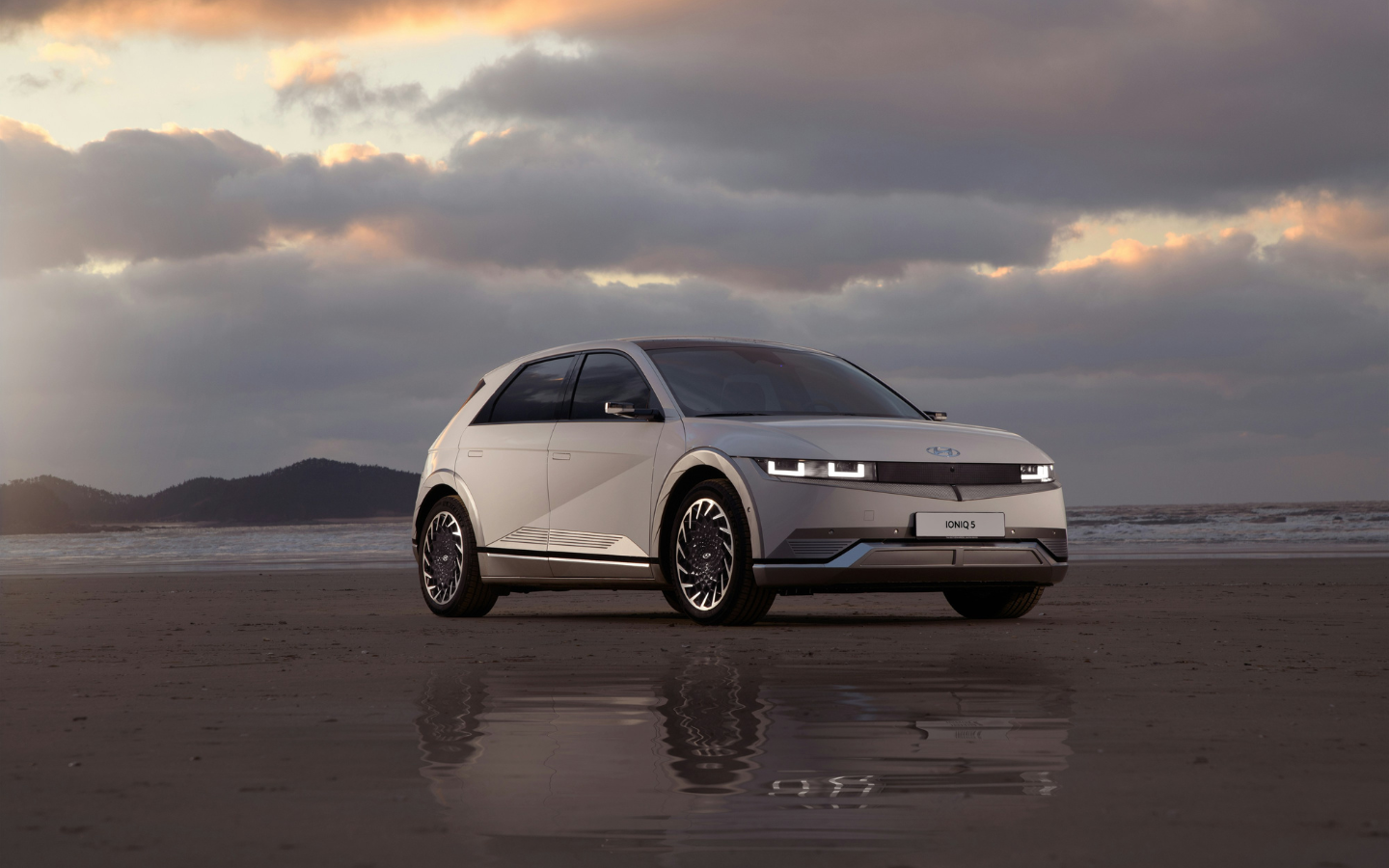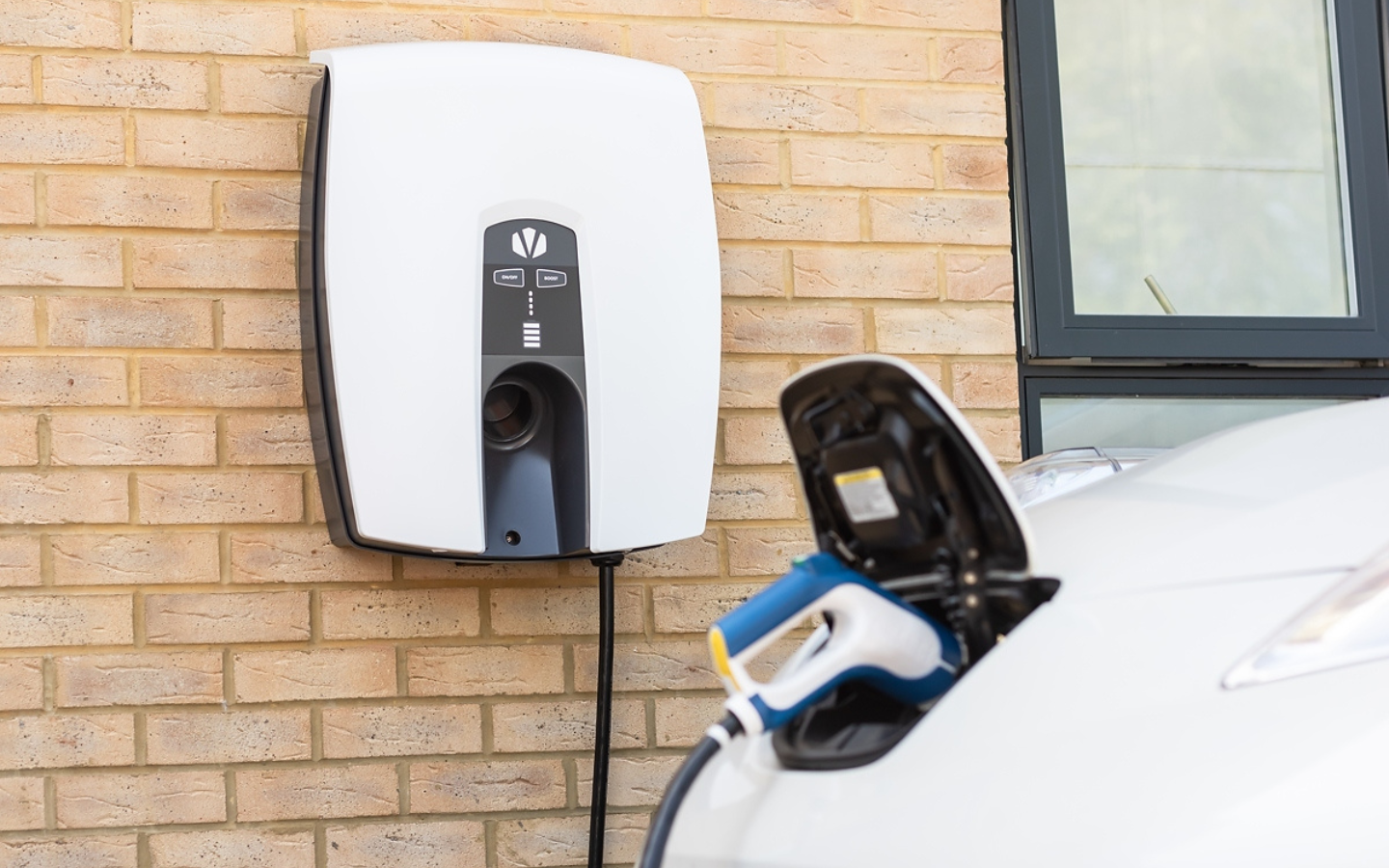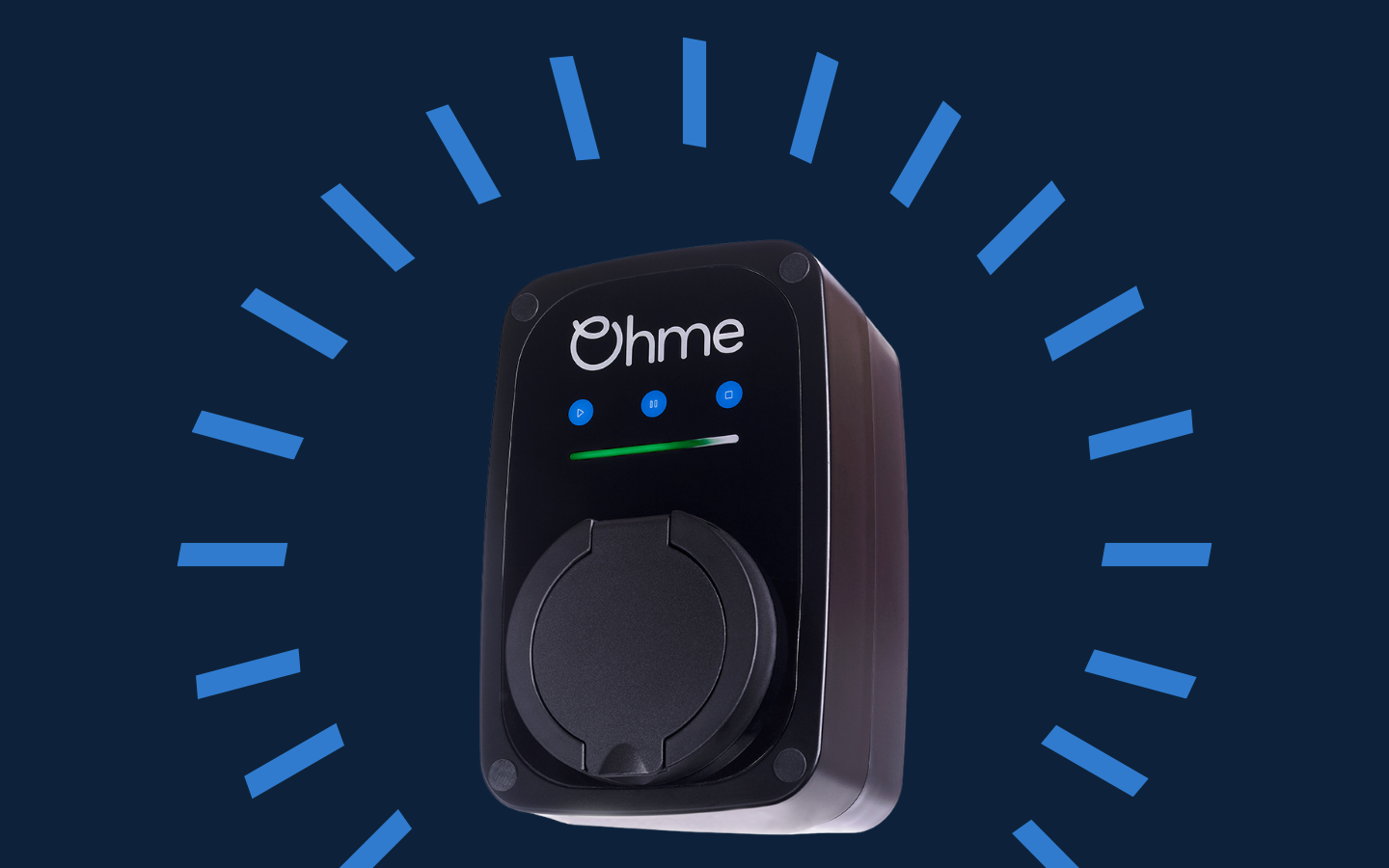

5 Things You Should Know About Spring Driving
Gone are the mornings spent defrosting your car because spring has finally arrived, and we’re very happy about it. With lockdown beginning to lift, we’ll be hopping into our EVs for more frequent, longer drives and alongside the changing of the seasons, there are also some new things to watch out for on the roads.
Spring is the one season that can subject us to just about every weather condition in the same day (we do live in Britain after all). So, as we say goodbye to snow covered roads and unexpected black ice, we say hello to potholes and surprise spring showers.
To help you navigate these new challenges, here are 5 things you should know about spring driving.
1. Watch out for the potholes
It’s been a particularly cold winter in the UK this year and we can all agree that the roads are in bad condition right now. Where the ice and snow once dominated, we now see a growing number of pesky potholes. Spring showers bring heavy rainfall that can fill the potholes quickly which can make them harder to spot so it’s important to be extra vigilant.
Try your best to avoid them, but if it is not safe to do so slow right down and let go of the brake before going over the pothole. Braking can cause your tyre to hit the hole with more force and increase the risk of an expensive and unwanted puncture.

2. Check your tyres
Before you rush to switch out your winter tyres, ensure the average temperature stays above 7 because anything below that brings the risk of frosty mornings and icy roads. Good tyre tread is essential for wet weather driving. Worn tread will reduce traction and can increase the chance of slipping, especially if the road surface is wet.
The legal minimum tread depth for your tyres is 1.6mm, but it’s a good idea to replace them at around 2mm. If you’re unsure on the depth, try the coin test: place a 20p in the main groove of your tyre and if you can see the outer rim of the coin, they need some immediate attention. And don’t forget to try to check your tyre pressure fortnightly too!

3. Keep a safe following distance
Weather conditions are an important factor when determining how long you should leave between you and the car in front. Usually, a two second gap is considered safe enough in normal weather conditions. However, when conditions aren’t great like we see with heavy spring showers, you should increase your following distance to 4 seconds. Vehicle accidents often occur when drivers fail to consider how much of an impact slick roads have on their stopping time.
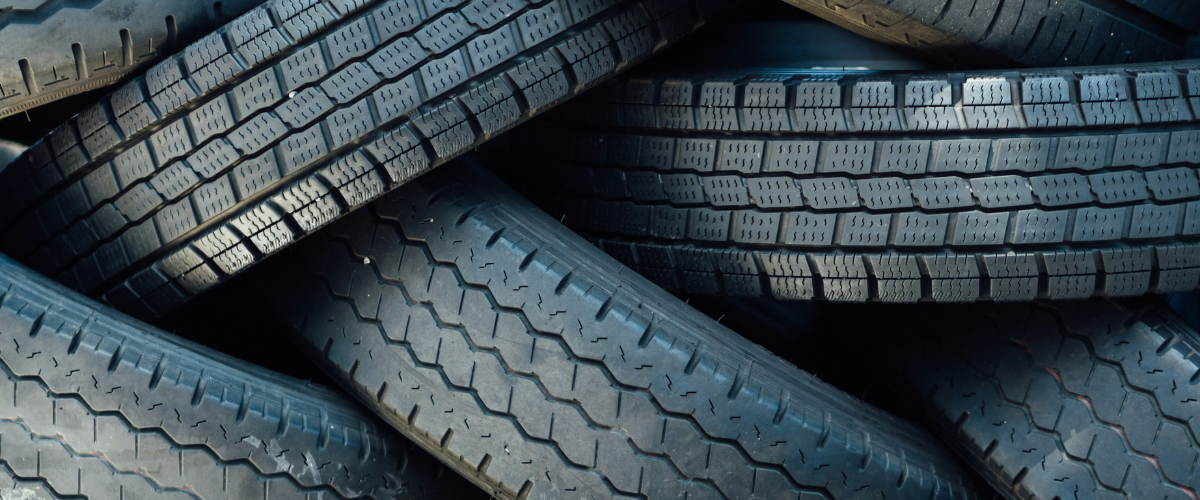
4. Be prepared for sun glare
As spring moves to summer, you are more likely to head out on a sunny drive. Keeping a pair of sunglasses in the car can be handy, however, you must make sure the sunglasses’ filter category number is between 0-3. Class 4 sunglasses are not safe and are actually illegal to wear whilst you are driving.
However, according to the Highway Code, the best thing you can do if you are dazzled by bright sunlight is slow down or pull over. You can increase your safety further by keeping your windshield clean. Dirty windscreens can scatter light, making it harder to see the road and judge your environment so remember to keep your water tank topped up!

5. Know what to do in wet weather
Wet roads can be just as dangerous as icy ones because your tyres run the risk of hydroplaning and losing contact with the road. Try to slow down and take care when moving round corners to reduce the risk of this happening. It’s also a good idea to check your windscreen wipers are working properly before setting off in the rain. The freezing temperatures in winter months can reduce their effectiveness which becomes an issue in heavy showers.
It might be a lot to take in, but by being aware of the hazards of spring driving and knowing how to navigate them, you can start to properly enjoy the improving weather. Sunnier drives with the windows down are fast approaching.

Let us take care of your EV charging needs before you hit the road this spring.
If you are looking to get an EV charger installed at your home, browse our range of the UK’s leading tethered and untethered electric car chargers, click below to get your free quote, or contact us for more information or any queries you may have.
Alternatively, dive into the world of EV charger installations in our comprehensive guide.
For more information and our latest updates, follow us on Facebook, Instagram, Twitter, LinkedIn and YouTube.
Related articles
Stay up to date on the latest from We Power Your Car_
I consent to receive newsletters from We Power Your Car. Please see our Privacy Policy
